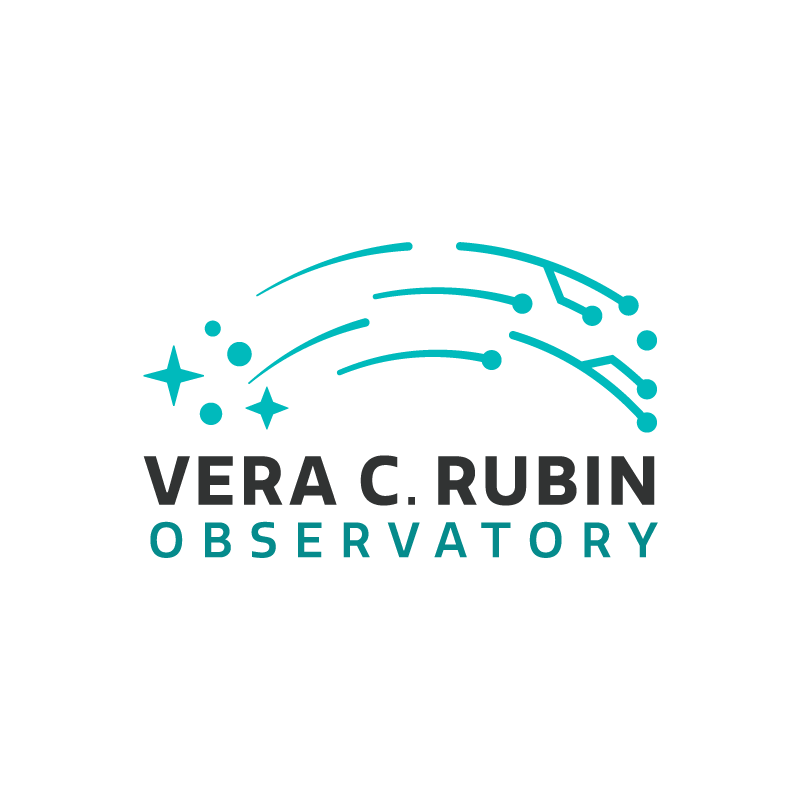Rubin Camera Chills Out
Vera C. Rubin Observatory’s LSST Camera has been successfully chilled to subzero temperatures by using both of the camera’s cooling systems together
19 November 2021
The SLAC National Accelerator Laboratory team that’s developing the Legacy Survey of Space and Time (LSST) Camera for Vera C. Rubin Observatory celebrated a very cold day during the last week of October — not because of the weather, but because both of the systems that keep the LSST Camera cool were running successfully together for the first time since January 2021.
The LSST Camera generates a lot of heat — because of its size it produces about 10 times more heat than early astronomical cameras. The refrigeration system is needed to maintain the focal plane sensors at their optimal operating temperature, and to remove the heat generated by the associated electronics, without introducing vibrations that would affect image quality. The camera team has developed two separate systems to achieve this: the “Cold” system, which cools the raft electronics, and the “Cryo” system, which cools the camera’s charge-coupled devices (CCDs).
The Cold and Cryo systems were operating together early in 2021, but at that time the Cryo system was operating with temporary (integration and testing) heat exchangers, and the utility trunk (which houses the camera’s support electronics and utilities) wasn't yet connected to the cryostat (which contains the focal plane and its electronics). There were also some performance issues with the Cold system that needed to be solved. All of this work took place in the intervening months, and in September the camera team was ready to start the multi-step process necessary to get both the systems running again.
The Cold system was started up first, on 27 September 2021, and was soon cooling the raft electronics to a range between –10 °C and +10 °C (14 °F and 50 °F). The improvements made by the team had resolved previous performance issues, and the system was running smoothly.
Next came preparations for the startup of the Cryo system. This involved a number of careful and specific steps, especially since it was the first time the system would run with the production heat exchangers. Each of the six circuits of the Cryo system was deliberately turned on, then off, then on again. And with that, the system began to cool the CCDs — ultimately reaching a very chilly –100 °C (–148 °F). Both the Cold and Cryo systems take between 12 and 18 hours to reach their full cooldown temperatures.
Now that both systems are running successfully, the camera team will begin a full suite of electro-optical tests to optimize the performance of the focal plane (which includes the CCDs, readout board electronics, and thermal systems). This will be followed by a complete set of verification tests with nearly final operating conditions. These tests will involve collecting about six weeks of data (in the form of many, many images), and testing a variety of factors like diffusion, read noise, dark or hot pixels or columns, gain, cross-talk, non-linearity, brighter-fatter, and charge-transfer inefficiency. Which is all to say that the LSST Camera is getting closer and closer to being ready to ship to Chile in 2022.
More information
Rubin Observatory is a joint initiative of the National Science Foundation (NSF) and the Department of Energy (DOE). Its primary mission is to carry out the Legacy Survey of Space and Time, providing an unprecedented data set for scientific research supported by both agencies. Rubin is operated jointly by NSF NOIRLab and SLAC National Accelerator Laboratory (SLAC). NOIRLab is managed for NSF by the Association of Universities for Research in Astronomy (AURA) and SLAC is operated for DOE by Stanford University.
NSF NOIRLab (National Optical-Infrared Astronomy Research Laboratory), the US center for ground-based optical-infrared astronomy, operates the international Gemini Observatory (a facility of NSF, NRC–Canada, ANID–Chile, MCTIC–Brazil, MINCyT–Argentina, and KASI–Republic of Korea), Kitt Peak National Observatory (KPNO), Cerro Tololo Inter-American Observatory (CTIO), the Community Science and Data Center (CSDC), and the Vera C. Rubin Observatory. It is managed by the Association of Universities for Research in Astronomy (AURA) under a cooperative agreement with NSF and is headquartered in Tucson, Arizona. The astronomical community is honored to have the opportunity to conduct astronomical research on Iolkam Du’ag (Kitt Peak) in Arizona, on Maunakea in Hawaiʻi, and on Cerro Tololo and Cerro Pachón in Chile. We recognize and acknowledge the very significant cultural role and reverence that these sites have to the Tohono O'odham Nation, to the Native Hawaiian community, and to the local communities in Chile, respectively.


